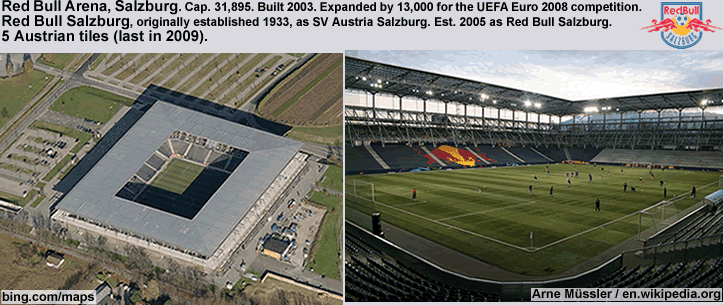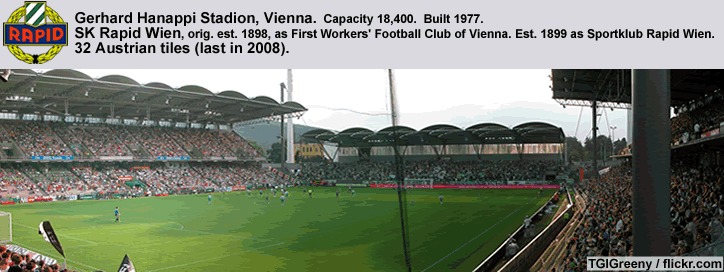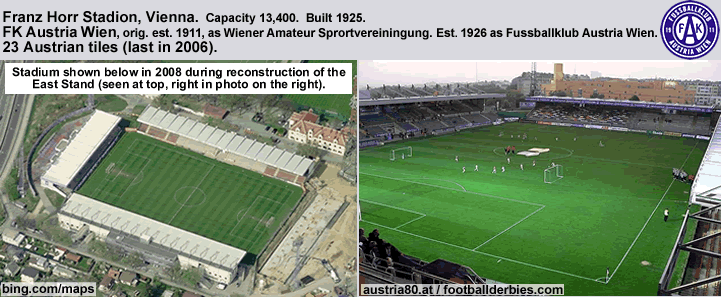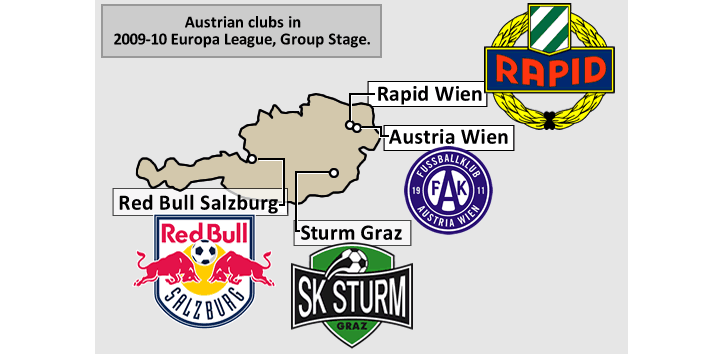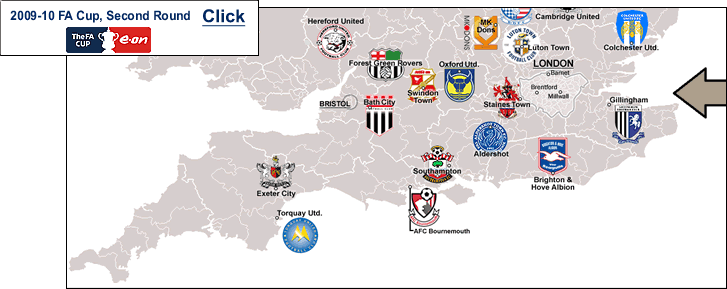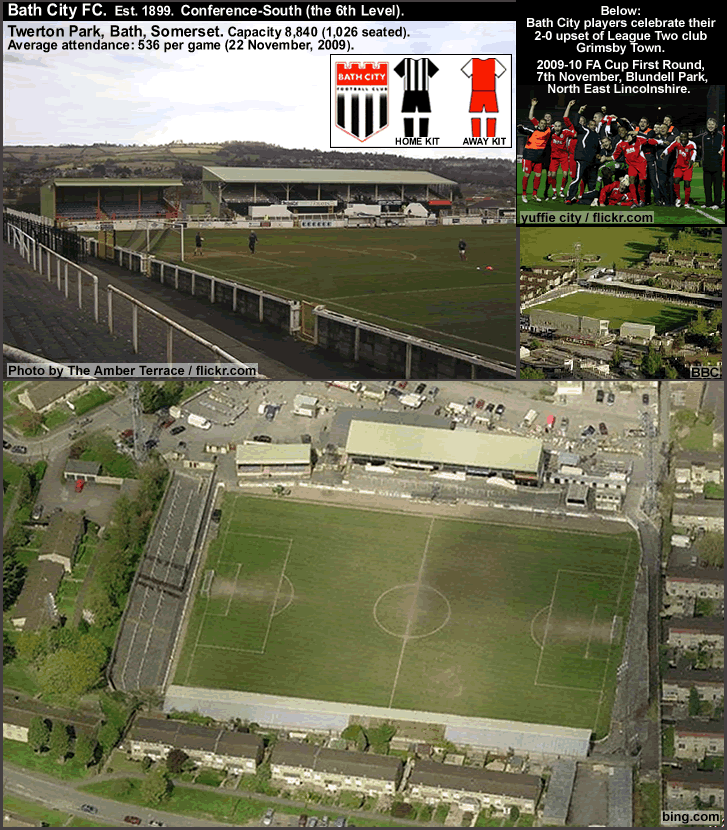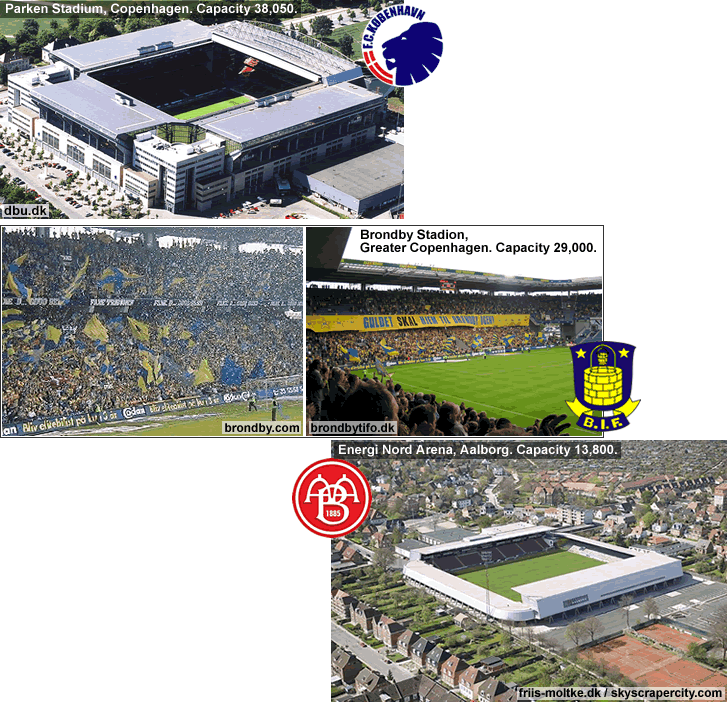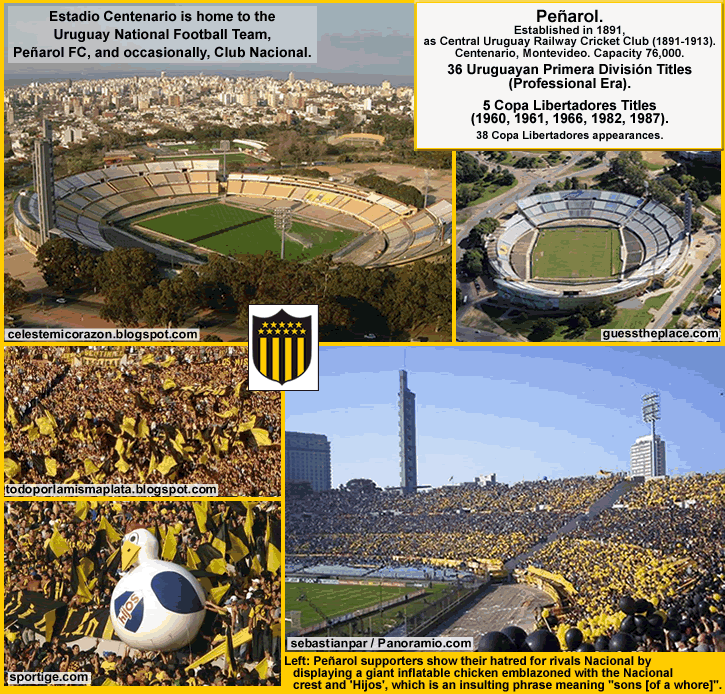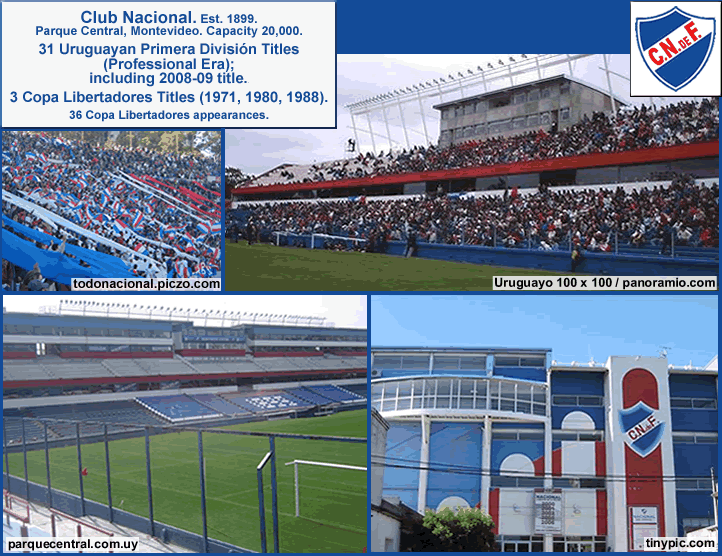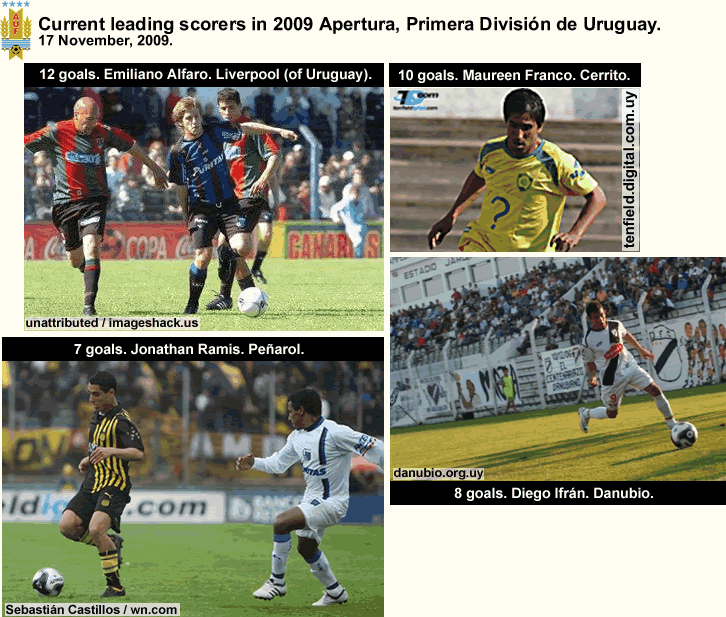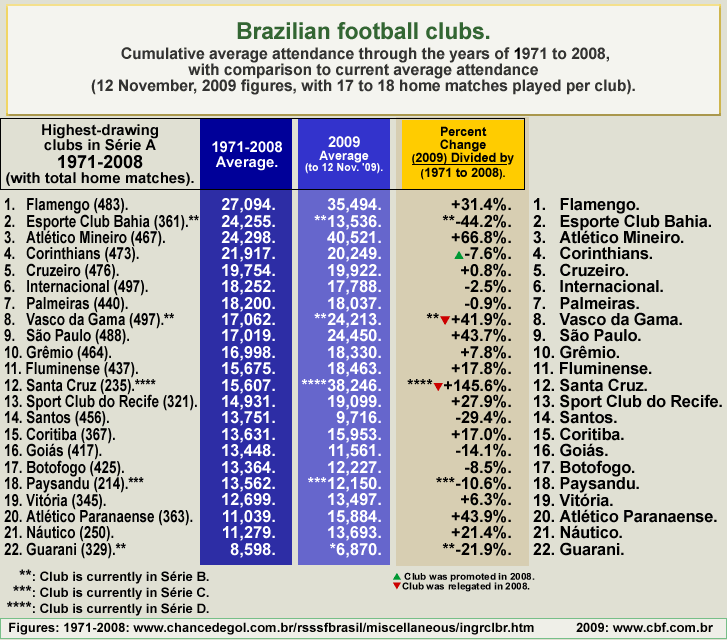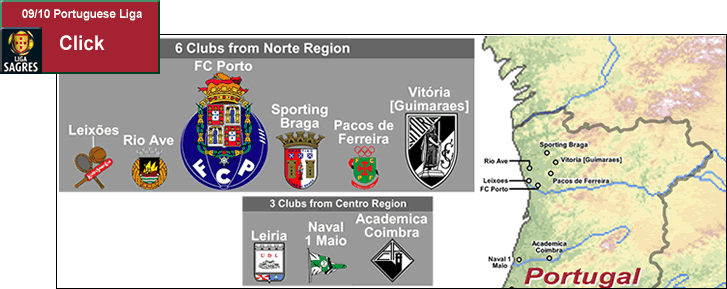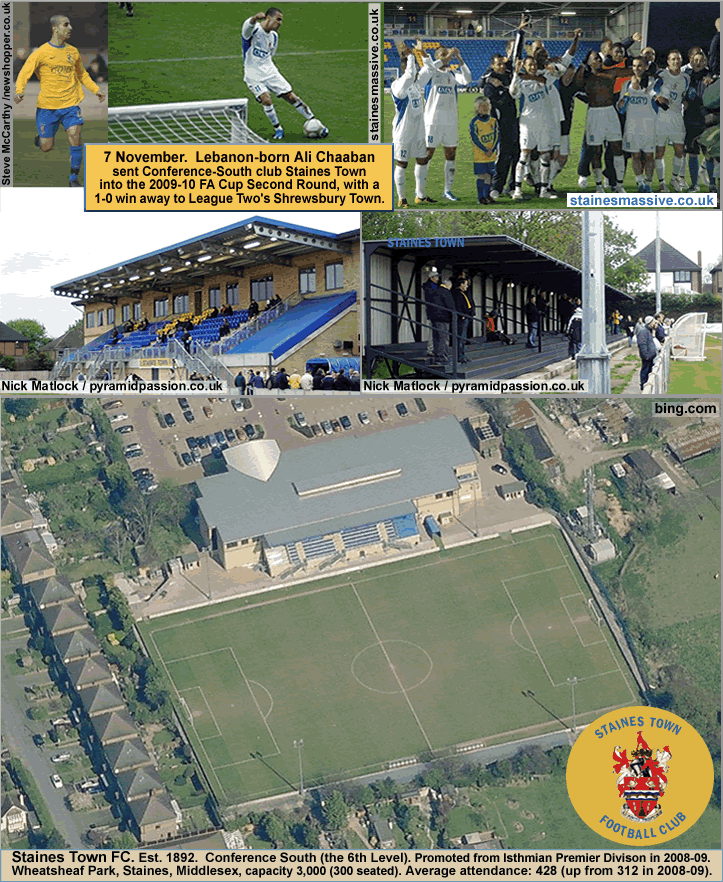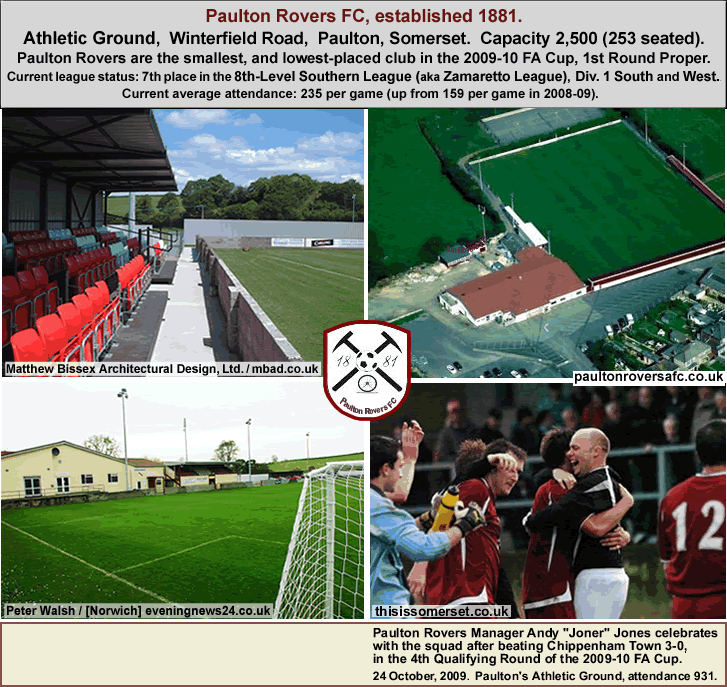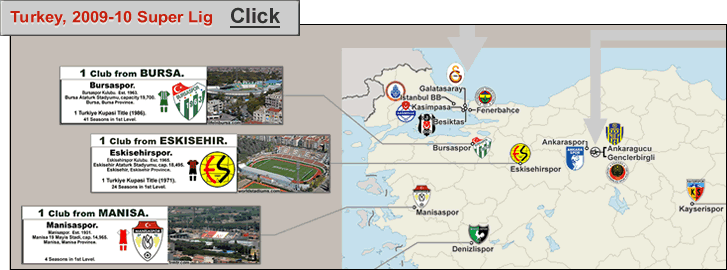…
This is the 98th season of top flight football in Austria, and the 36th season of Austrian Football Bundesliga (the first Austrian Bundesliga season was 1974-75). Reigning champions are Red Bull Salzburg.
Prior to 1949, clubs from outside the capital of Vienna did not compete in the professional first division.
Over the years, Austria has been plagued with numerous instances of prominent clubs folding, declaring bankruptcy and being forced to drop down to lower divisions and/or merge with other clubs. Which is why the list of all-time title holders in Austrian pro football is so complicated. The list is at the bottom of the map.
Below are the home grounds of the last 3 champions in Austria…Red Bull Salzburg, Rapid Wien, and Austria Wien. These three clubs also are currently occupying the top three places in the table {Austrian Football Bundesliga table, here (fifa.com)}.
SV Austria Salzburg became FC Red Bull Salzburg when the club was bought by the Red Bull energy drink company in April 2005. 13 months later, Red Bull (ie, company founder Dieter Mateschitz) bought the MLS club New York/New Jersey MetroStars and rebranded them as the New York Red Bulls {en.wikipedia page here}. The company has invested heavily, and Red Bull Salzburg have become a force in Austrian football, winning two of the last three titles. The team features 08/09 top scorer Marc Janko (redbull.com profile here}, a Vienna-born Austrian international who got his start at the now-defunct SK Admira Wacker. Janko netted 39 times last season, as Red Bull Salzburg won the league, 4 points ahead of Rapid Wien.
SK Rapid Wien were historically considered the working class club from the outskirts of the capital (as opposed to FK Austria Wien, who were from the city center of Vienna, and entertained a more middle class fan base). The club was originally named First Workers’ Football Club of Vienna. Rapid Vienna, as they are also known, draw the highest in Austria, with a 15,777 average per game in 2008-09. Rapid Wien are the most successful in Austria, with 32 titles, plus one German title (in 1941, during the Anschluss). Rapid Wien have won the Austrian championship in every decade except for the 1970s. Rapid, as per their name, play an aggressive attacking style, and are spurred on by their fans who have traditionally, since around 1913, begun a rhythmic clapping with 15 minutes to go in a match.
FK Austria Wien, commonly referred to as Austria Vienna, were formed in 1911 by players and officials of the Vienna Cricket and Football Club (which had been formed in 1892). The club has won the second-most titles in Austria, with 23, their last in 2006. Austria Wien traditionally have been a technical, slow-paced team, and they feature a strong defense these days. They play in a compact, 13,400 seat stadium, where they averaged 7,672 per game last season.
-
Below: Austrian clubs in the 2009-10 Europa League Group Stage…
There are four Austrian clubs currently in the 2009-10 UEFA Europa League, Group Stage. They are Red Bull Salzburg, Rapid Wien, Austria Wein, and Sturm Graz. Red Bull Salzburg leads their group, and will almost certainly advance to the Knockout Stage. The only other Austrian club with a chance of advancing are Rapid Wien. They travel to Germany to play Hamburg on Wednesday, 2nd December.
Thanks to the contributors to the pages at en.wikipedia.org {click here (set at 2009-10 Austrian football Bundesliga page)}. Thanks to E-F-S site, for the attendance figures {click here}. Thanks to TGIGreeny, at Flickr.com/groups/stadium panoramas {click here}. Thanks to Bing.com/maps {click here}. Thanks to Arne Müssler, at en.wikipedia.org. {2009-10 Austrian Football Bundesliga, here}. Thanks to http://austria80.at (FK Austria Wien fansite) at FootballDerbies.com {click here for thread (Vienna Derby, Dec. 2008)}.

